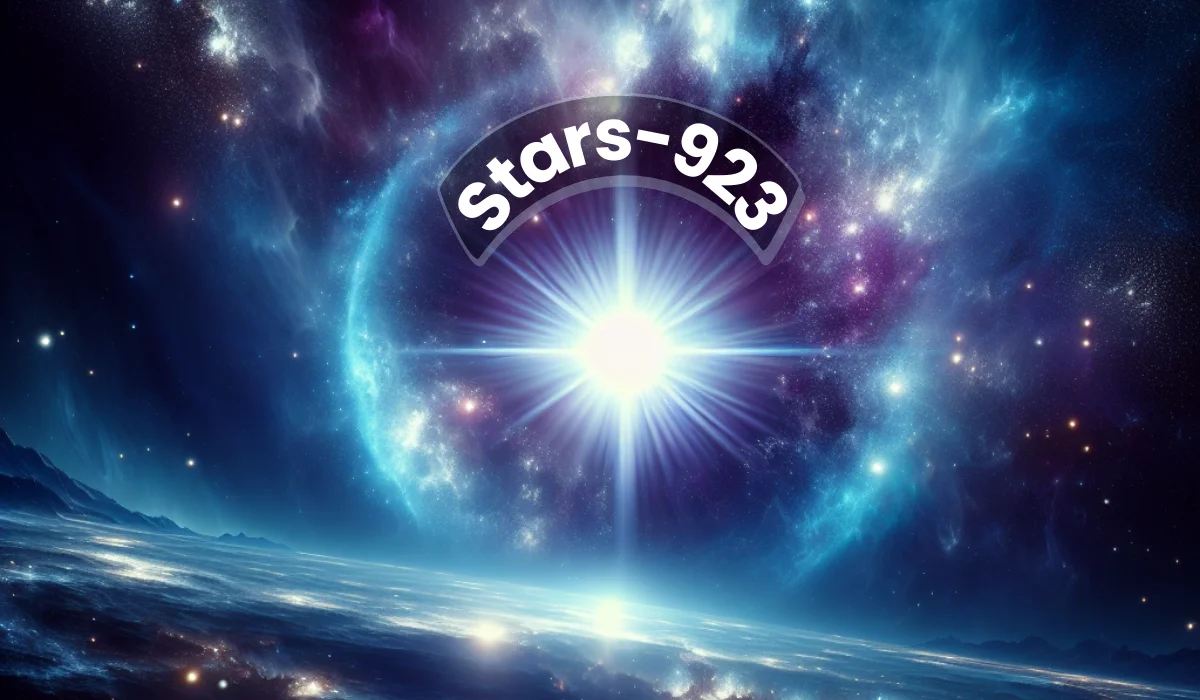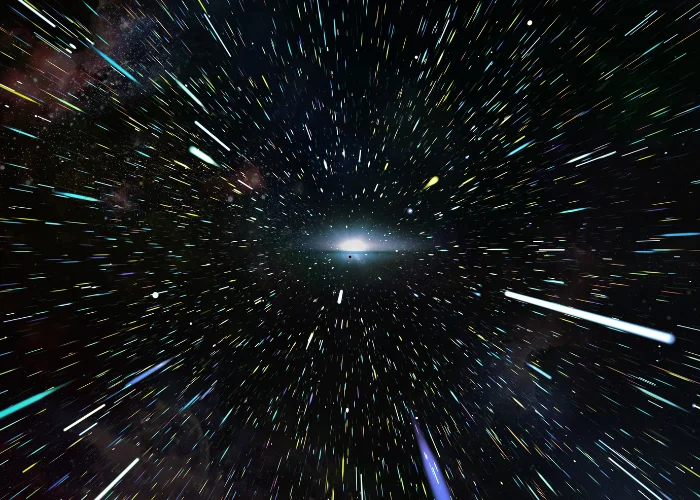Stars-923: Uncovering the Secrets of a Strange Star

The universe is packed with mysteries. Stars are one of them, and one star in particular has scientists very curious. It’s called Stars-923, and it doesn’t act like most stars we know. This strange star is surprising astronomers and challenging what we know about space. Let’s dive into why Stars-923 is so special and what it could mean for our understanding of the universe.
What is Stars-923?
Stars-923 is no ordinary star. It changes brightness quickly and in ways that don’t follow a pattern. Most stars don’t behave like this. Plus, its light spectrum (the colors of light it gives off) is different from other stars. This has led scientists to think there might be something very unique about Stars-923.
How Stars-923 Began

Stars-923 began its life like all stars—in a place called a stellar nursery. Stellar nurseries are vast clouds of gas and dust in space where stars are born. Gravity pulls this material together until it forms clumps, which eventually turn into new stars. As these clumps get denser and hotter, nuclear fusion begins. This process is what gives stars their glow and energy.
The Role of Gravity and Fusion
In the star’s core, hydrogen atoms fuse to form helium, creating massive energy that pushes outward. Gravity, on the other hand, pulls inward. This balance of forces is what keeps the star stable. But for Stars-923, this stability isn’t exactly normal, which has scientists scratching their heads.
How Stars Are Grouped
Stars are often grouped based on their size, brightness, and temperature. For Stars-923, its wild changes in brightness don’t fit into typical categories. While it might be considered a main-sequence star (one that burns hydrogen in its core), it has traits that aren’t seen in other stars of this group.
Unique Traits of Stars-923
Stars-923 stands out because of its strange behavior. Here are some of its unique traits:
- Brightness Changes: Stars-923’s brightness changes quickly and unexpectedly.
- Unusual Light Spectrum: The colors of light it gives off are different, hinting that it might be made of unique materials.
- Fast Evolution: Stars usually change over long periods, but Stars-923 is evolving fast, which is rare.
Theories About Stars-923
Scientists are working hard to figure out why Stars-923 acts so differently. Here are some possible explanations:
- Binary System: Some think Stars-923 could be part of a binary star system, where it has a “twin” star it orbits. This could cause the changes in brightness.
- Material Accretion: Another idea is that Stars-923 might be pulling in gas and dust from a nearby cloud or object, which could explain its rapid changes.
- New Type of Star: Some think Stars-923 might represent a brand-new type of star we haven’t seen before.
How to See Stars-923 from Earth
For stargazers, Stars-923 is best viewed during fall and winter. Using a medium-sized telescope on clear nights is ideal. With this setup, you might even spot a possible “twin” star near Stars-923, if it’s part of a binary system.
Why Scientists Study Stars-923
Studying Stars-923 is important. It could teach us about how stars form and die, reveal how galaxies work, and possibly even point to planets around it that could support life. This one star could hold answers to big questions about our universe.
Tools Used to Study Stars-923
To study this strange star, scientists use powerful tools:
- Telescopes: Large telescopes capture images of Stars-923’s light.
- Spectroscopy: This process breaks down light into colors to learn what the star is made of.
- Computer Models: Simulations help scientists guess how Stars-923 will change over time.
Recent Discoveries About Stars-923
Scientists recently found that Stars-923 might have a companion star, which makes it a binary system. This discovery explains some of its strange behavior. There is also talk of possible planets orbiting around it, which could be groundbreaking.
Conclusion
Stars-923 isn’t just a distant light in the sky. It’s a mystery that’s rewriting our understanding of stars. Each new finding shows how much we still have to learn about space. As scientists keep exploring Stars-923, we move closer to understanding our universe and all its wonders.






